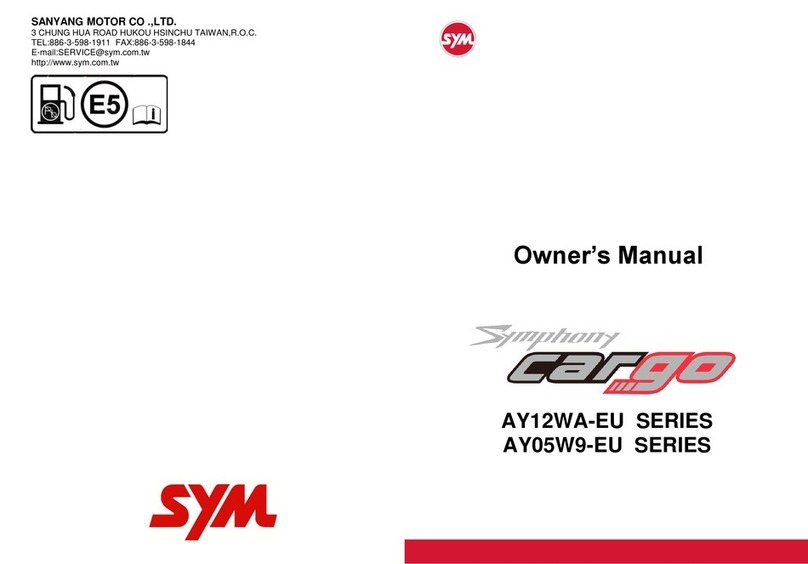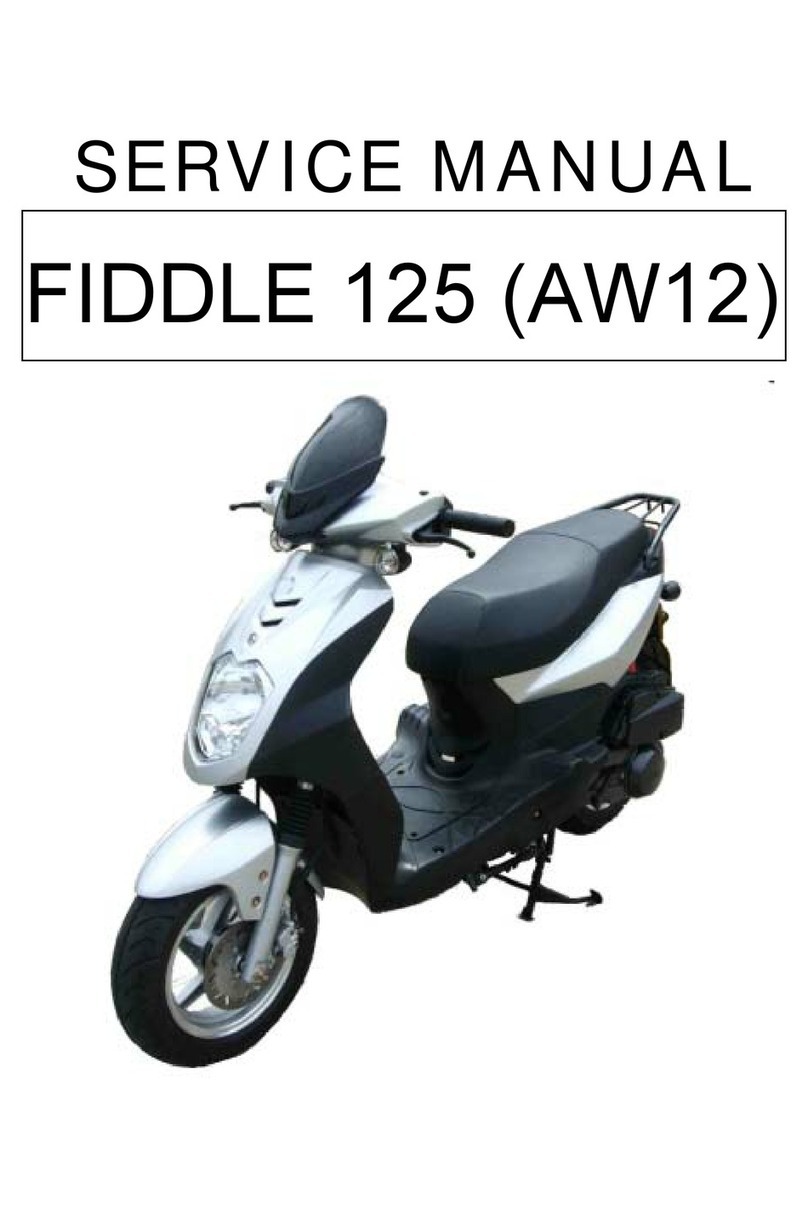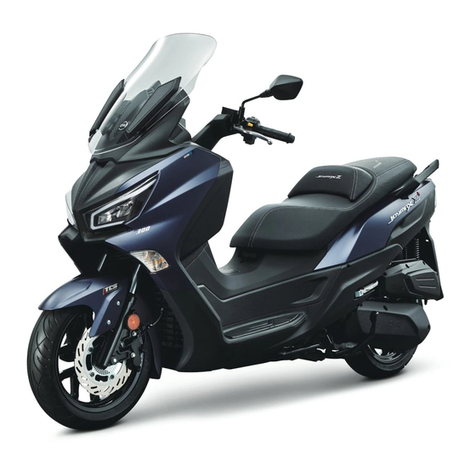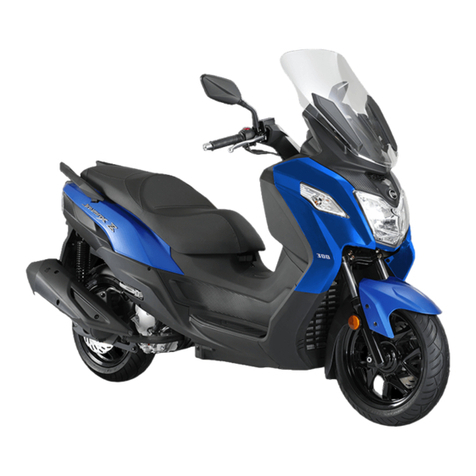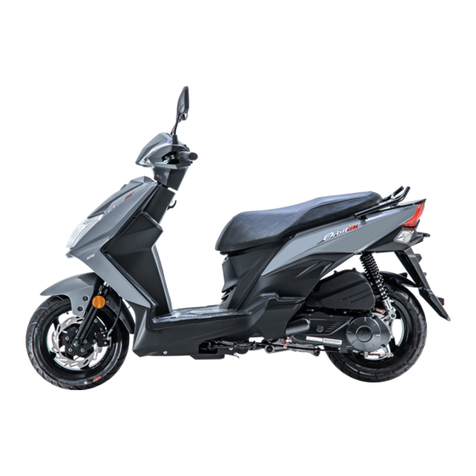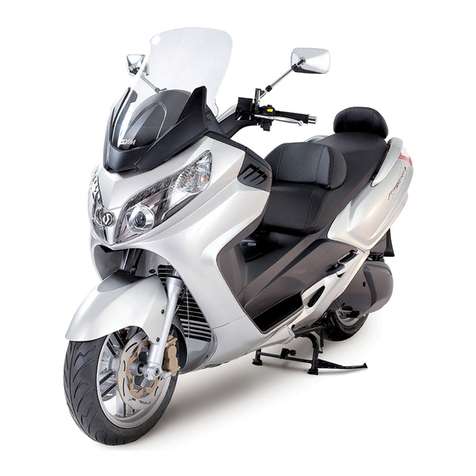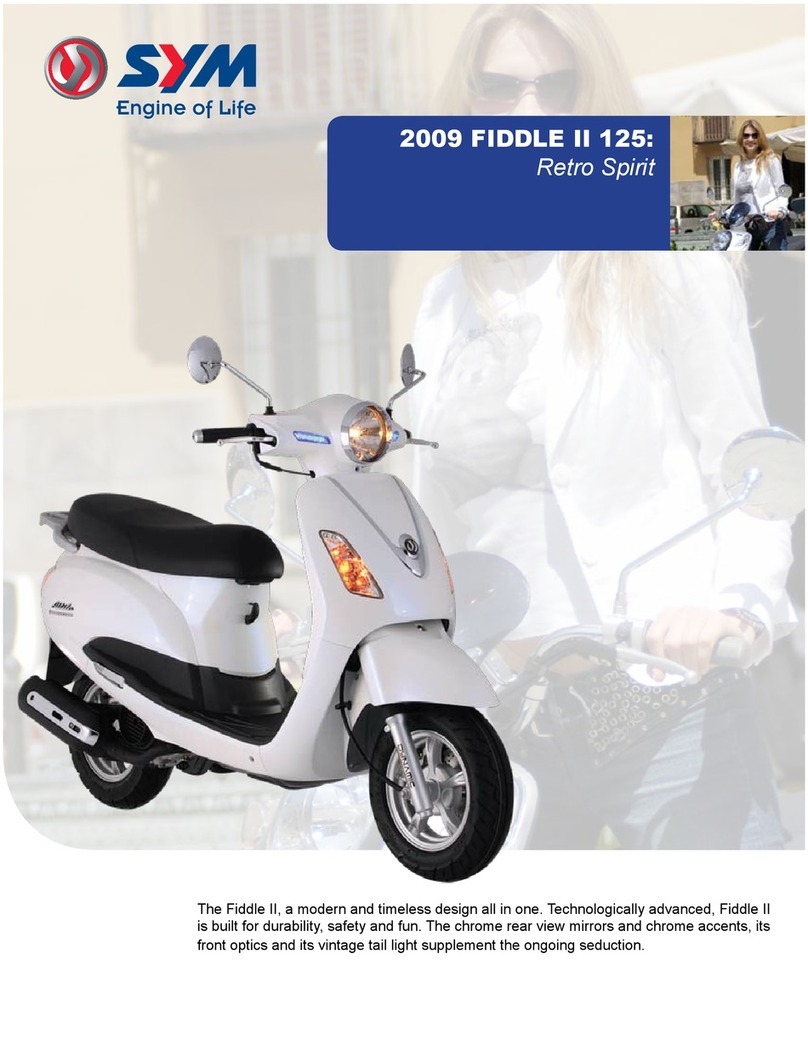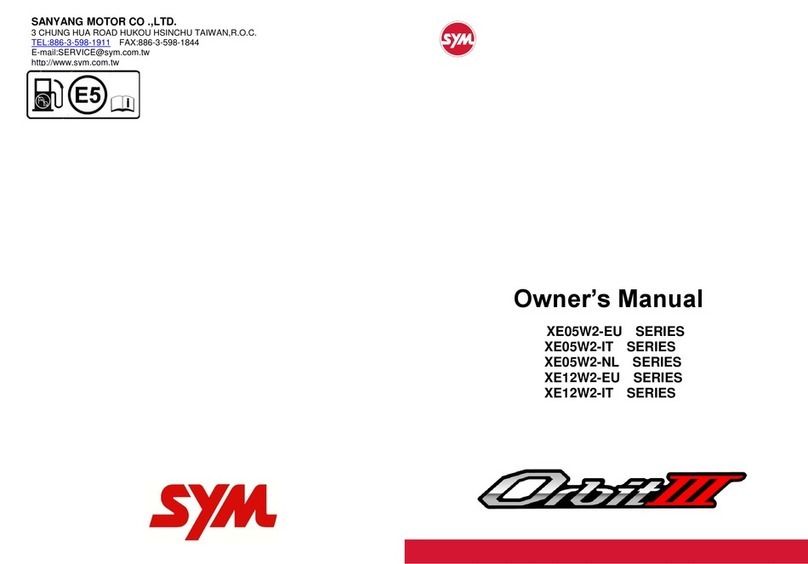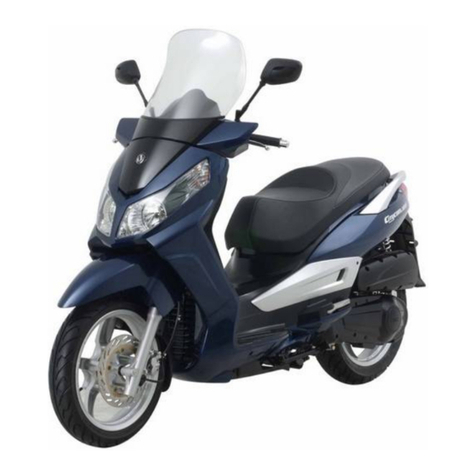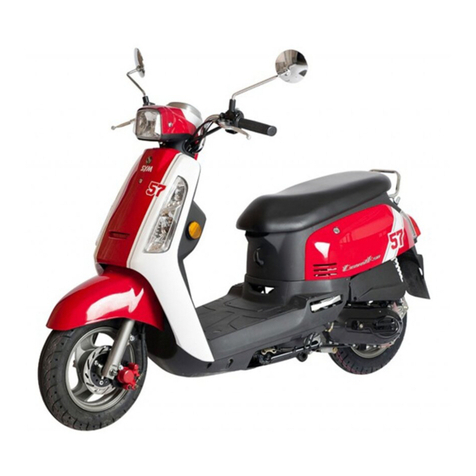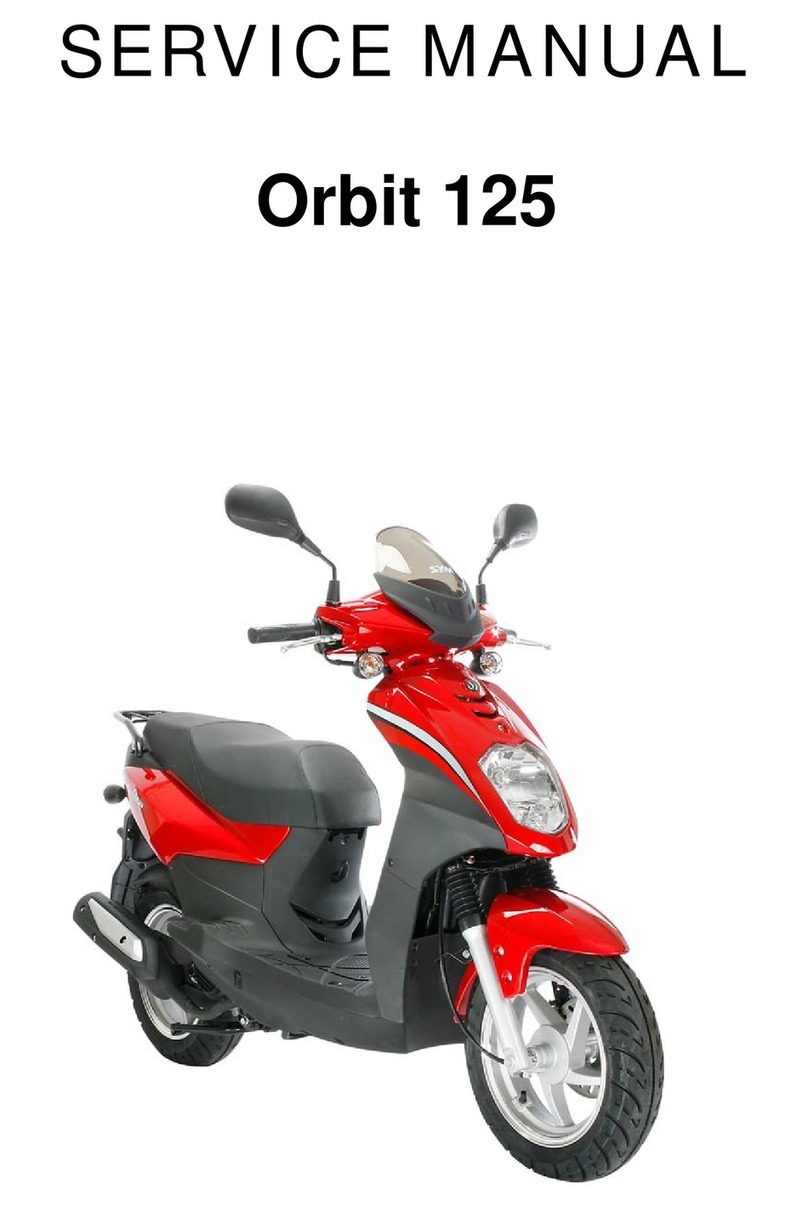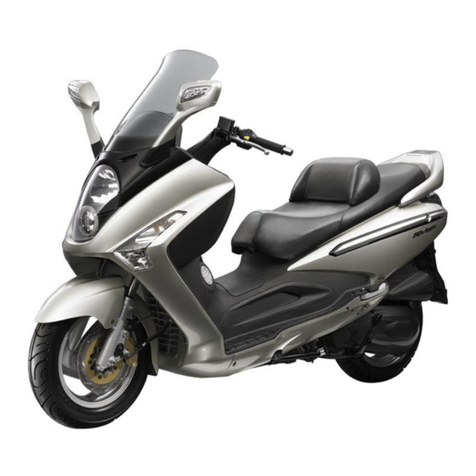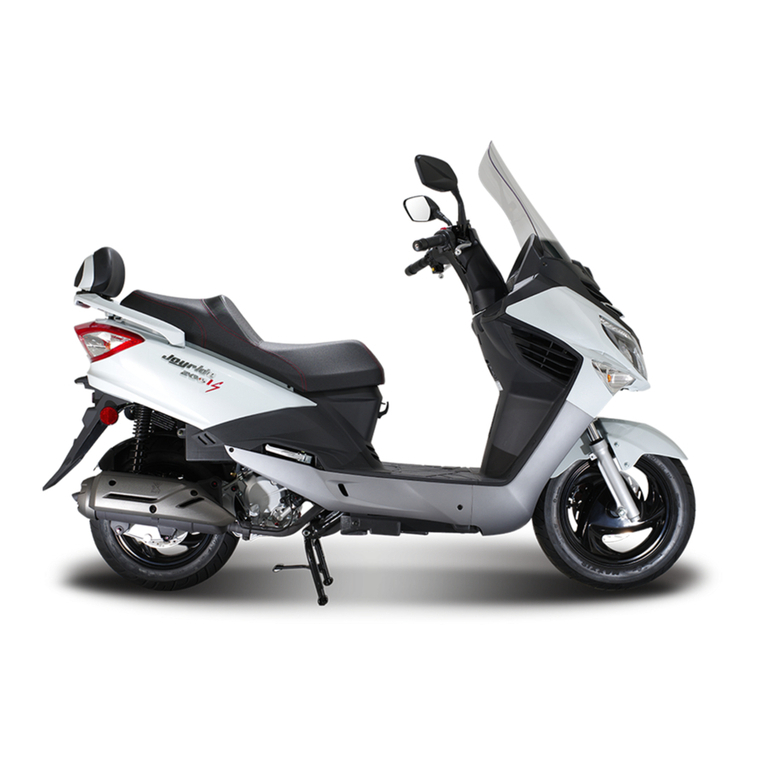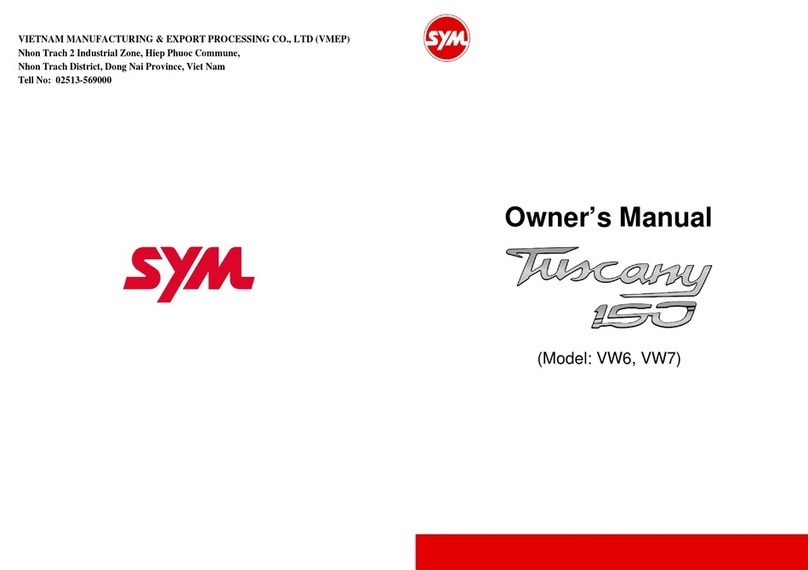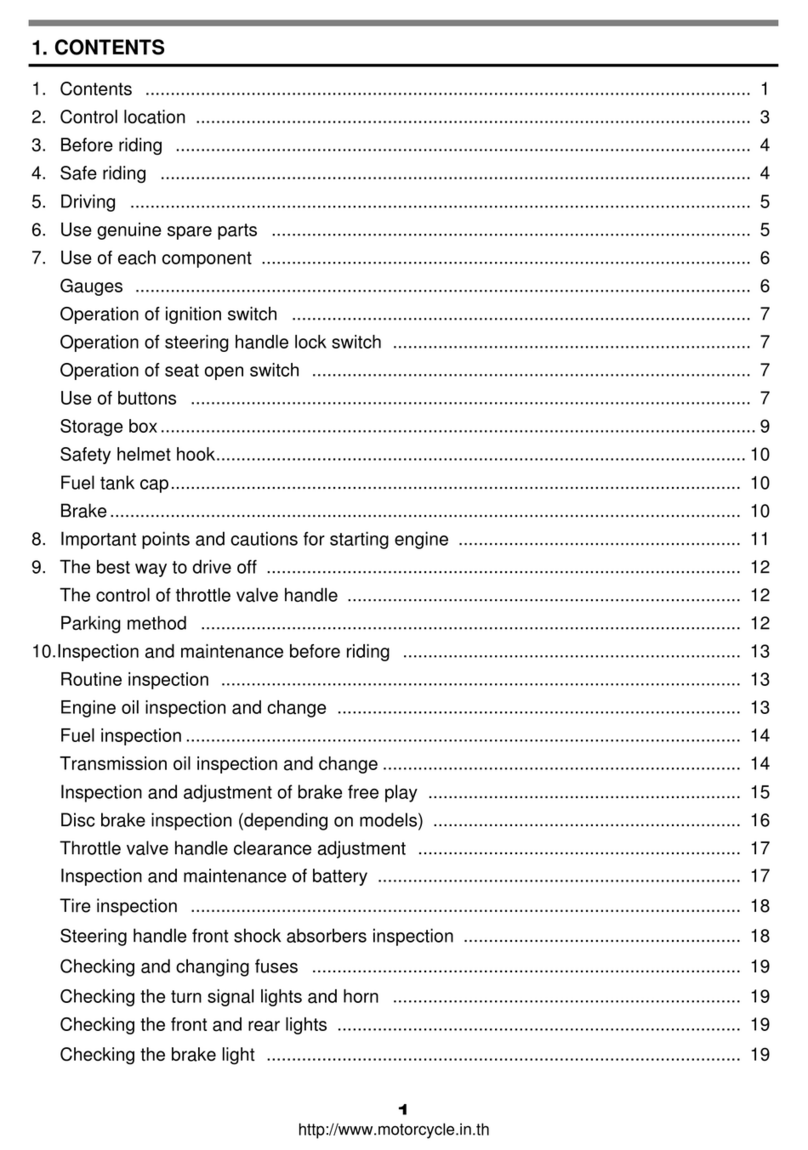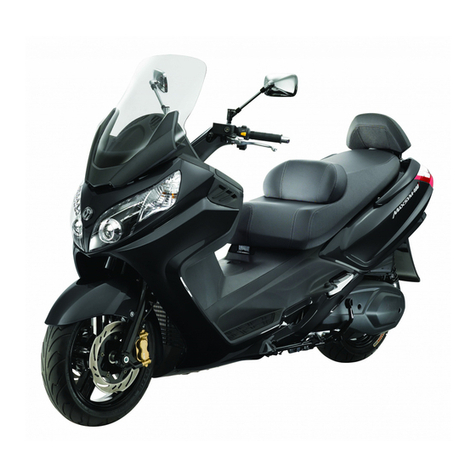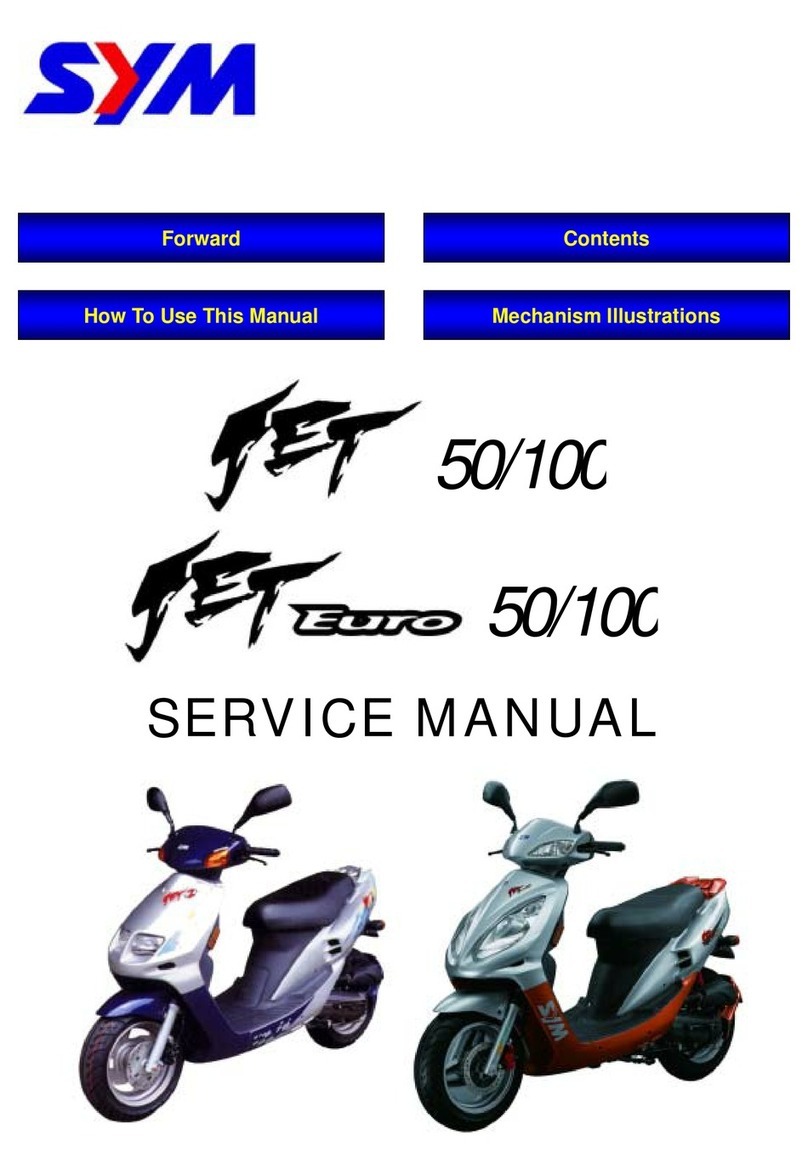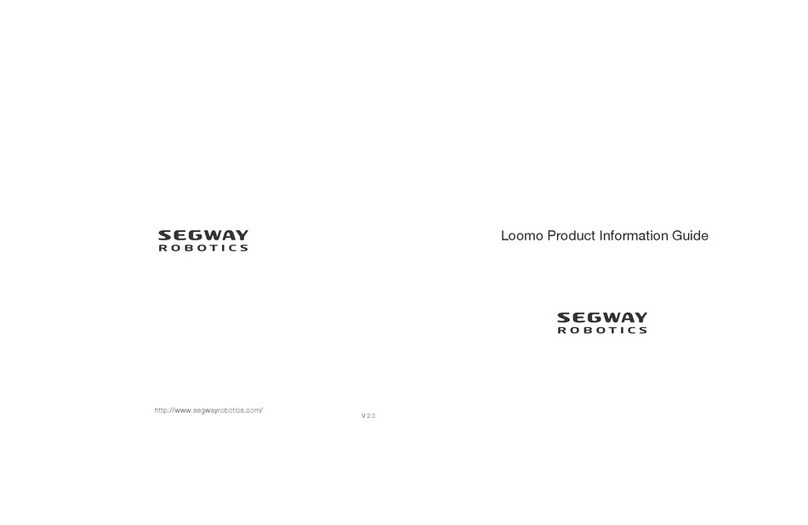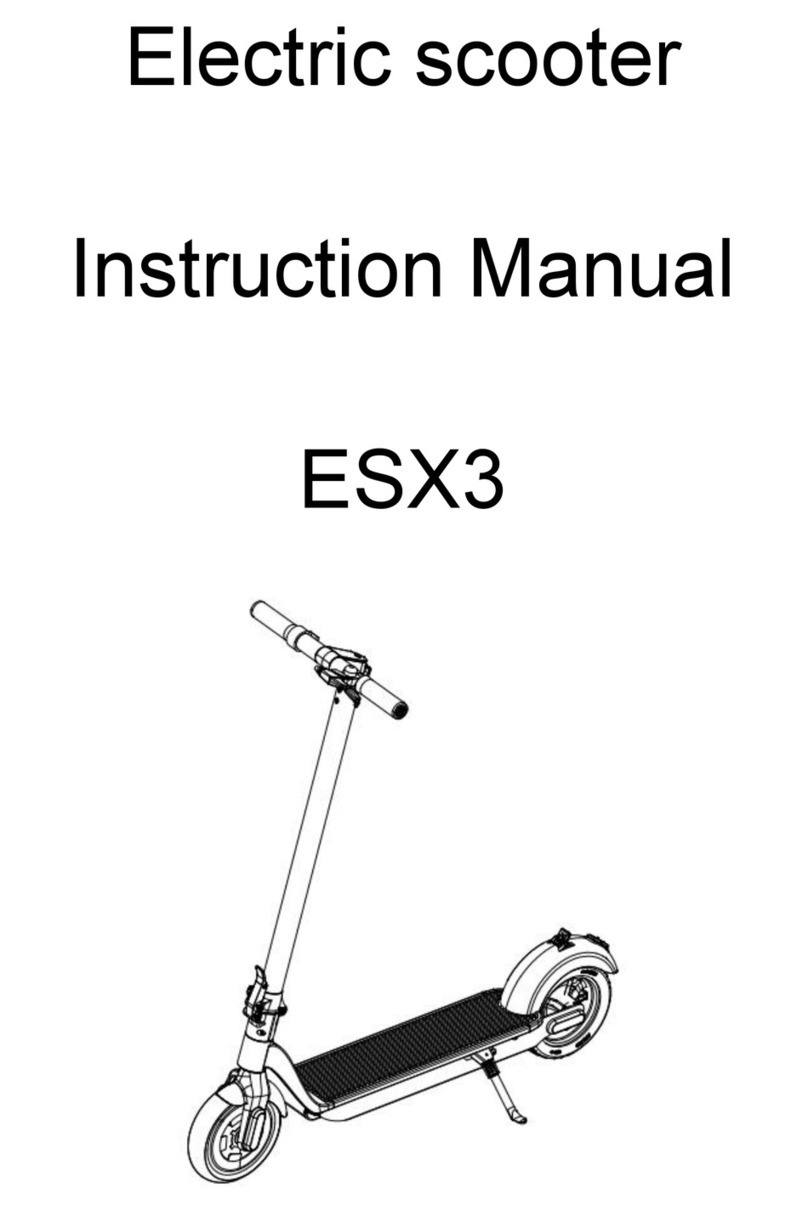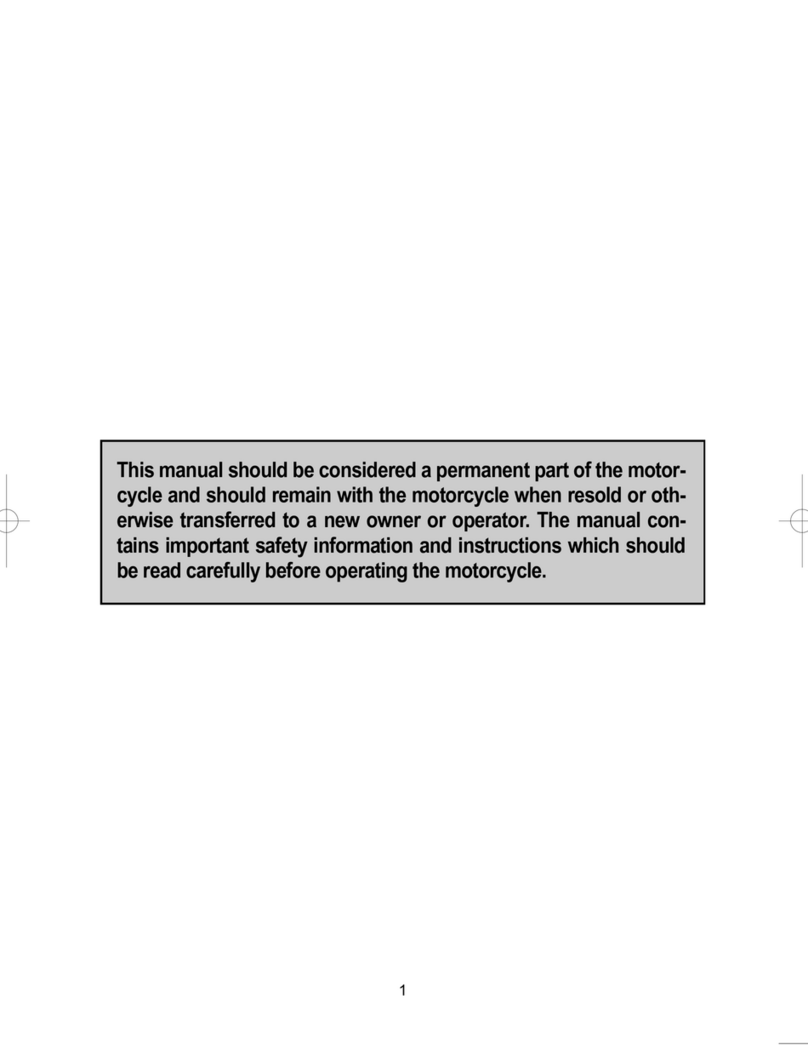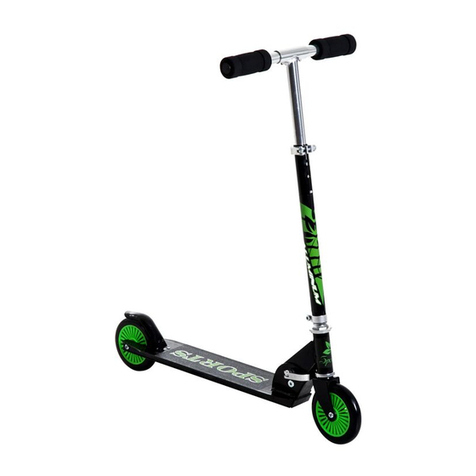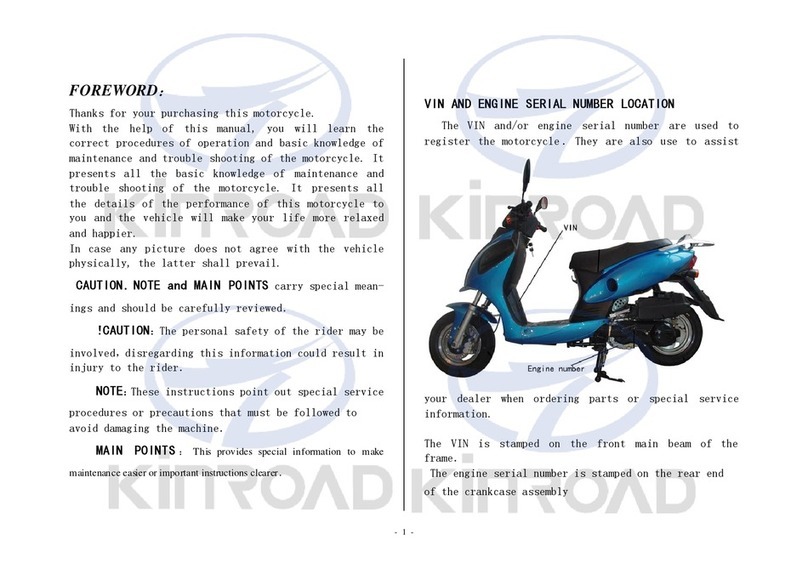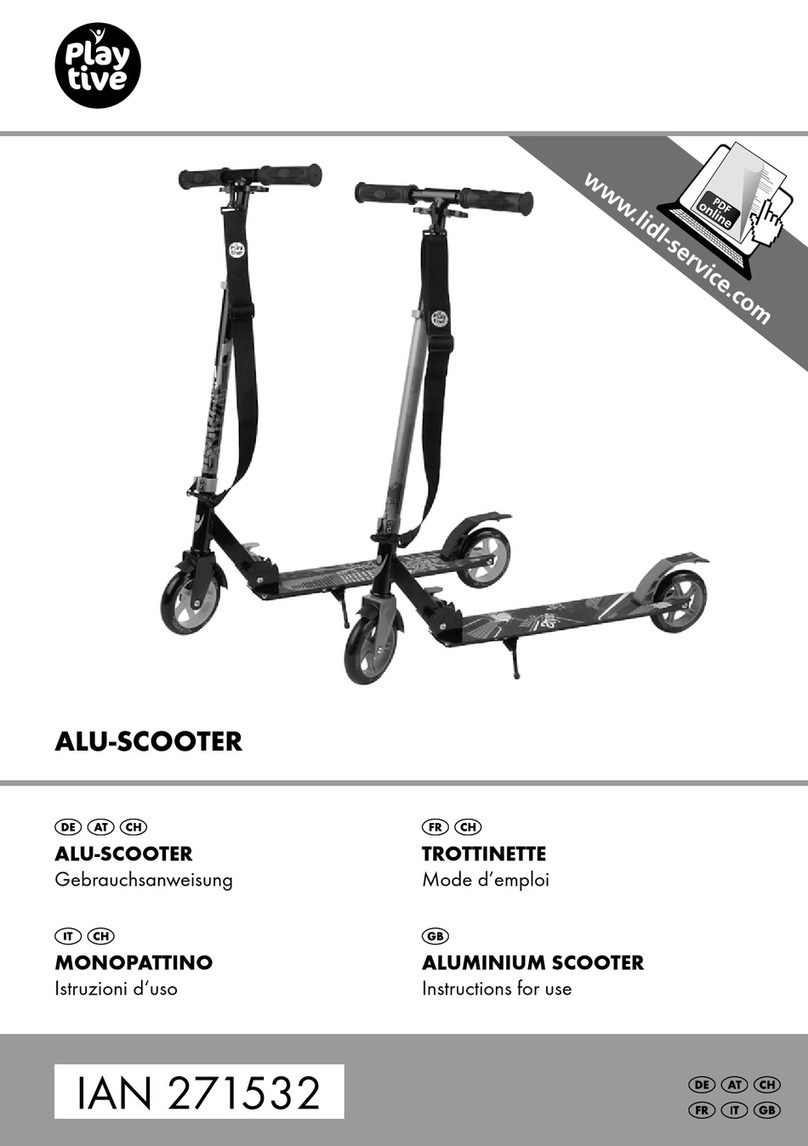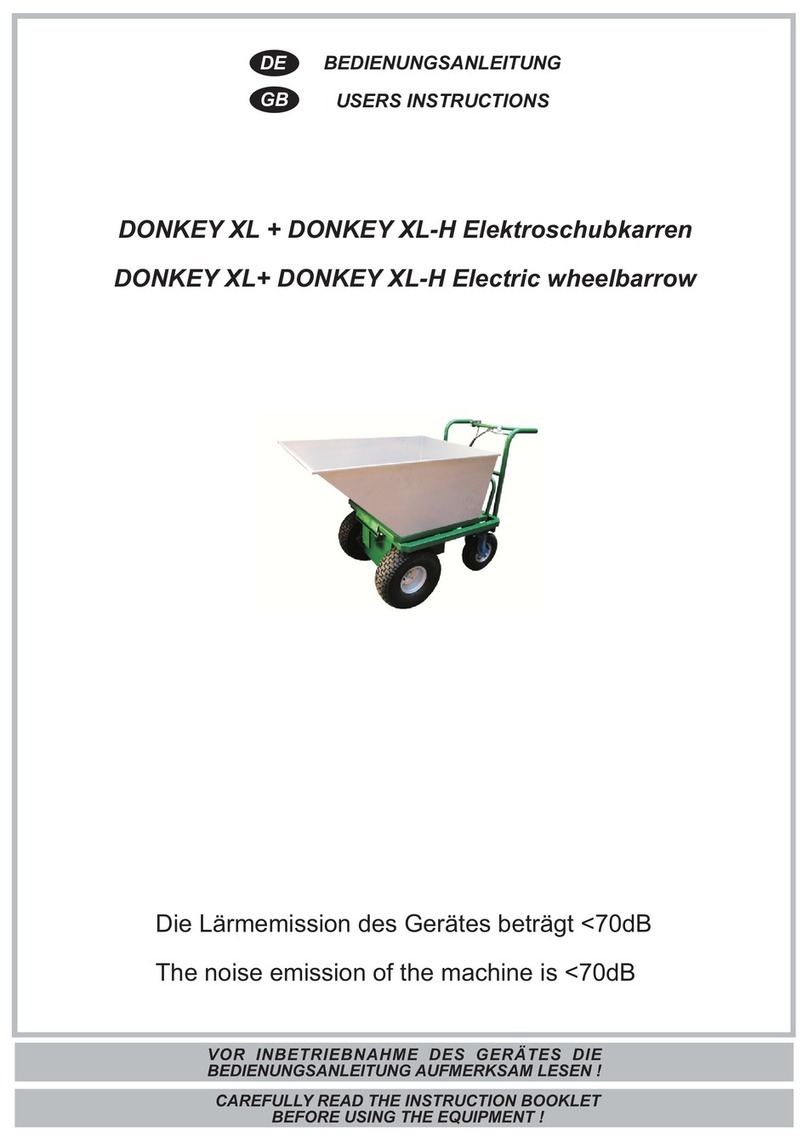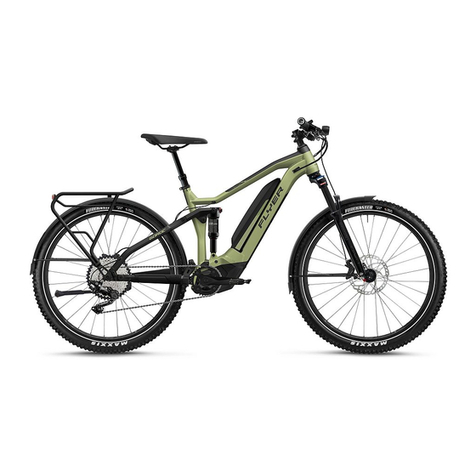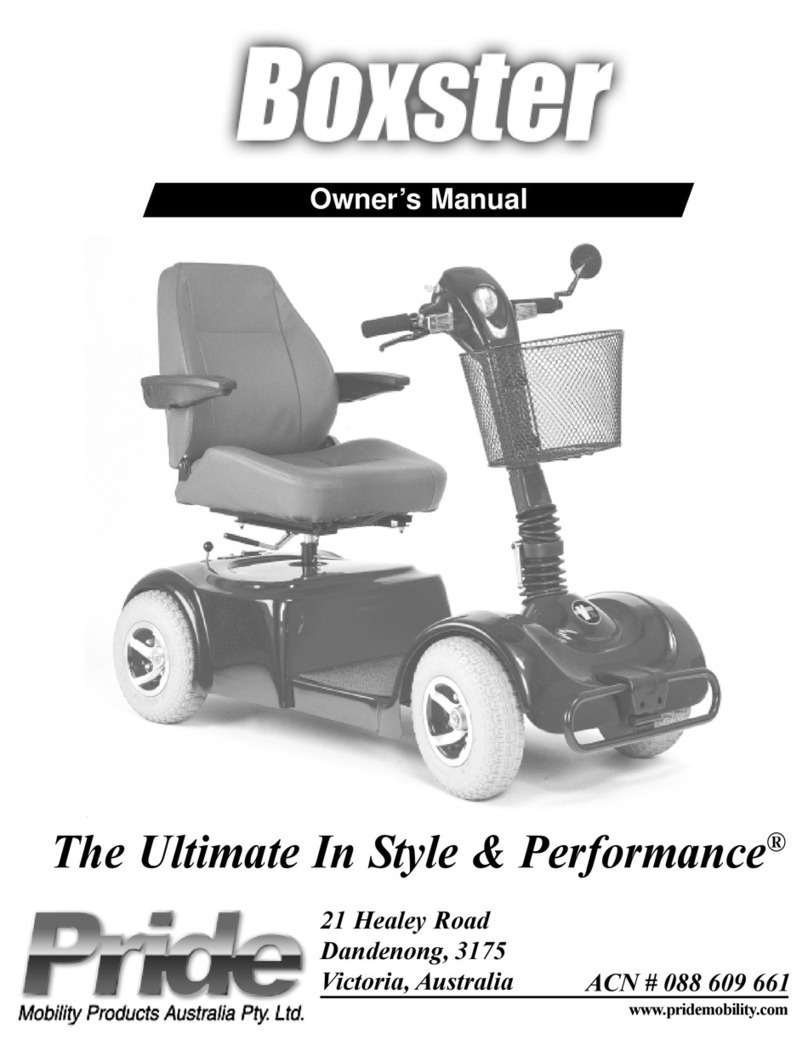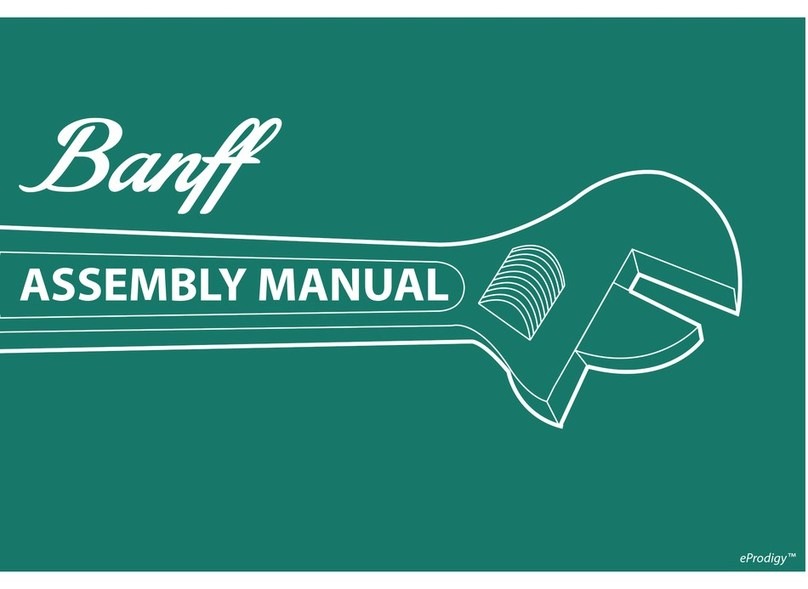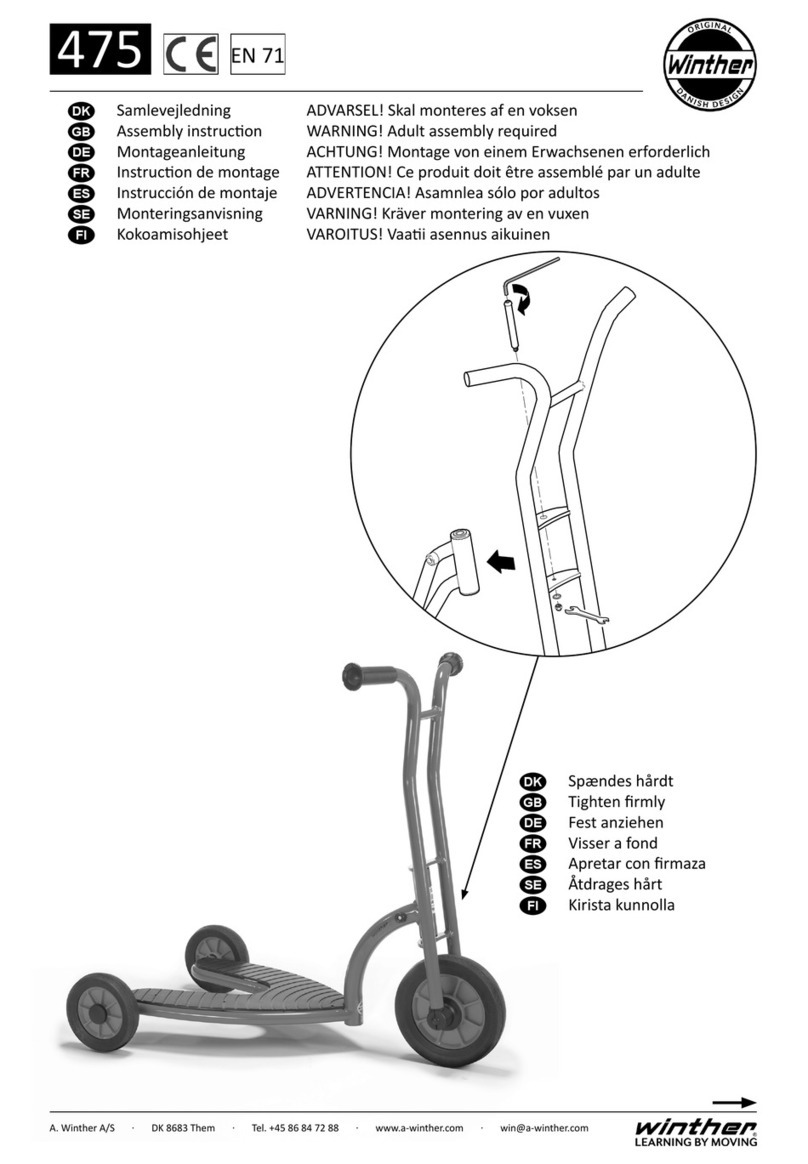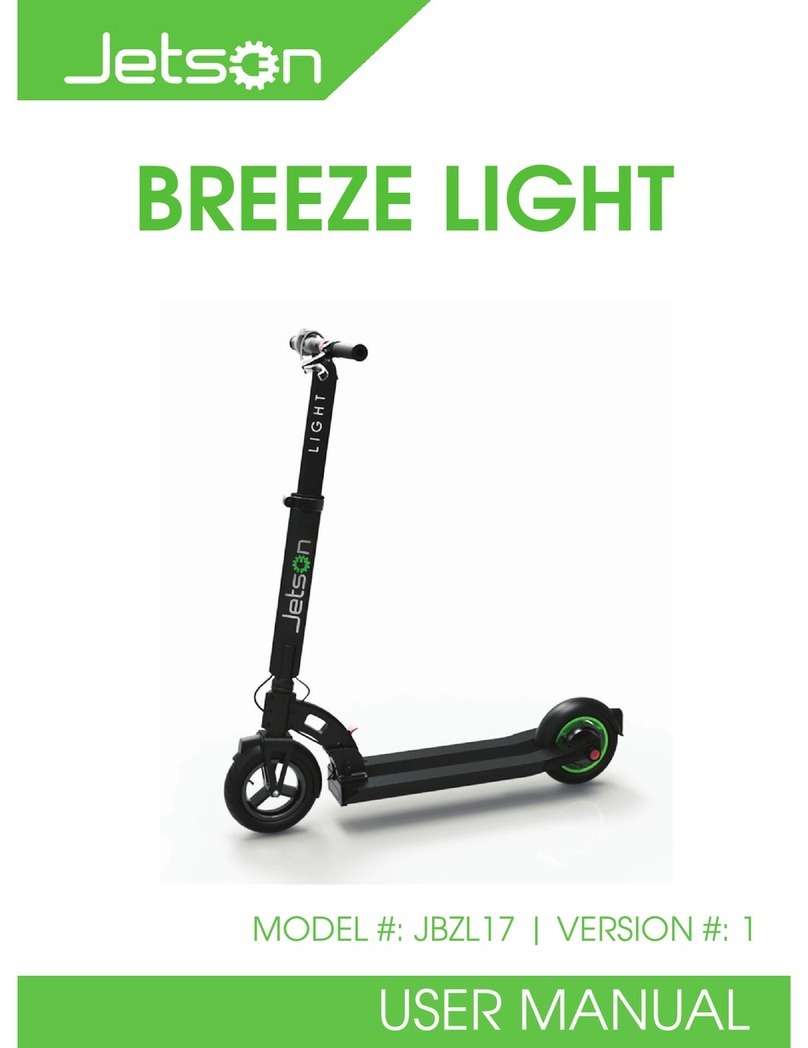1
1. CONTENTS
1. Contents.......................................................................................................................... 1
2. Control location ............................................................................................................... 3
3. Before riding.................................................................................................................... 4
4. Safe riding ..................................................................................................................... 4
5. Driving ........................................................................................................................... 5
6. Use genuine spare parts ............................................................................................... 5
7. Use of each component ................................................................................................. 6
Gauges .......................................................................................................................... 6
Operation of ignition switch ........................................................................................... 7
Operation of steering handle lock switch ....................................................................... 7
Operation of seat open switch ....................................................................................... 7
Use of buttons ............................................................................................................... 8
Storage box...................................................................................................................... 9
Safety helmet hook........................................................................................................... 9
Fuel tank cap................................................................................................................. 10
Brake............................................................................................................................. 10
8. Important points and cautions for starting engine ........................................................ 11
9. The best way to drive off .............................................................................................. 12
The control of throttle valve handle ............................................................................. 12
Parking method ........................................................................................................... 12
10. Inspection and maintenance before riding .................................................................. 13
Routine inspection ....................................................................................................... 13
Engine oil inspection and change ................................................................................ 13
Fuel inspection.............................................................................................................. 14
Transmission oil inspection and change ....................................................................... 14
Inspection and adjustment of brake free play .............................................................. 15
Disc brake inspection (depending on models) ............................................................. 15
Throttle valve handle clearance adjustment ................................................................ 16
Inspection and maintenance of battery ........................................................................ 16
Tire inspection ............................................................................................................. 18
Steering handle front shock absorbers inspection ....................................................... 18
Checking and changing fuses ..................................................................................... 19
Checking the turn signal lights and horn ..................................................................... 19
Checking the front and rear lights ................................................................................ 19
Checking the brake light .............................................................................................. 19
